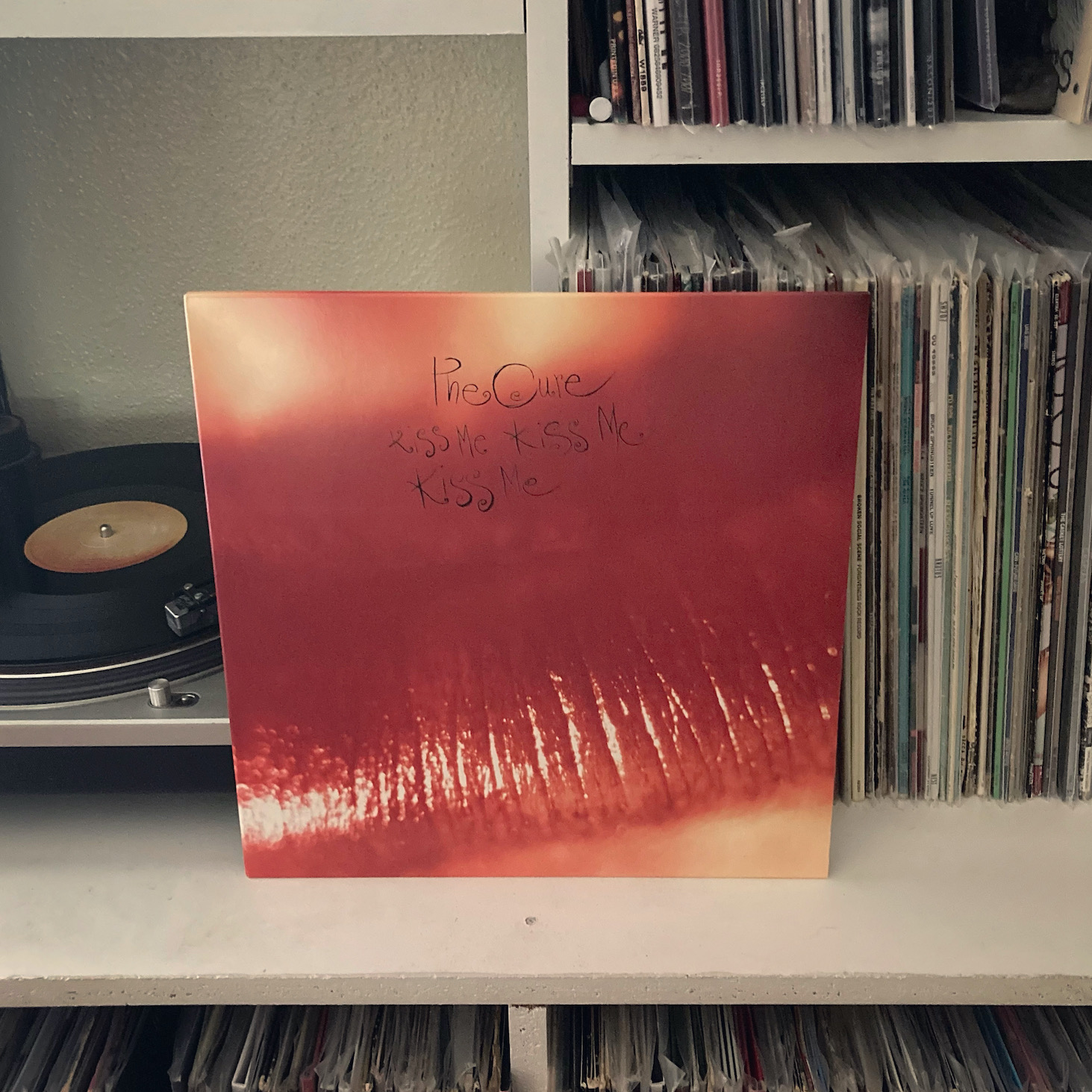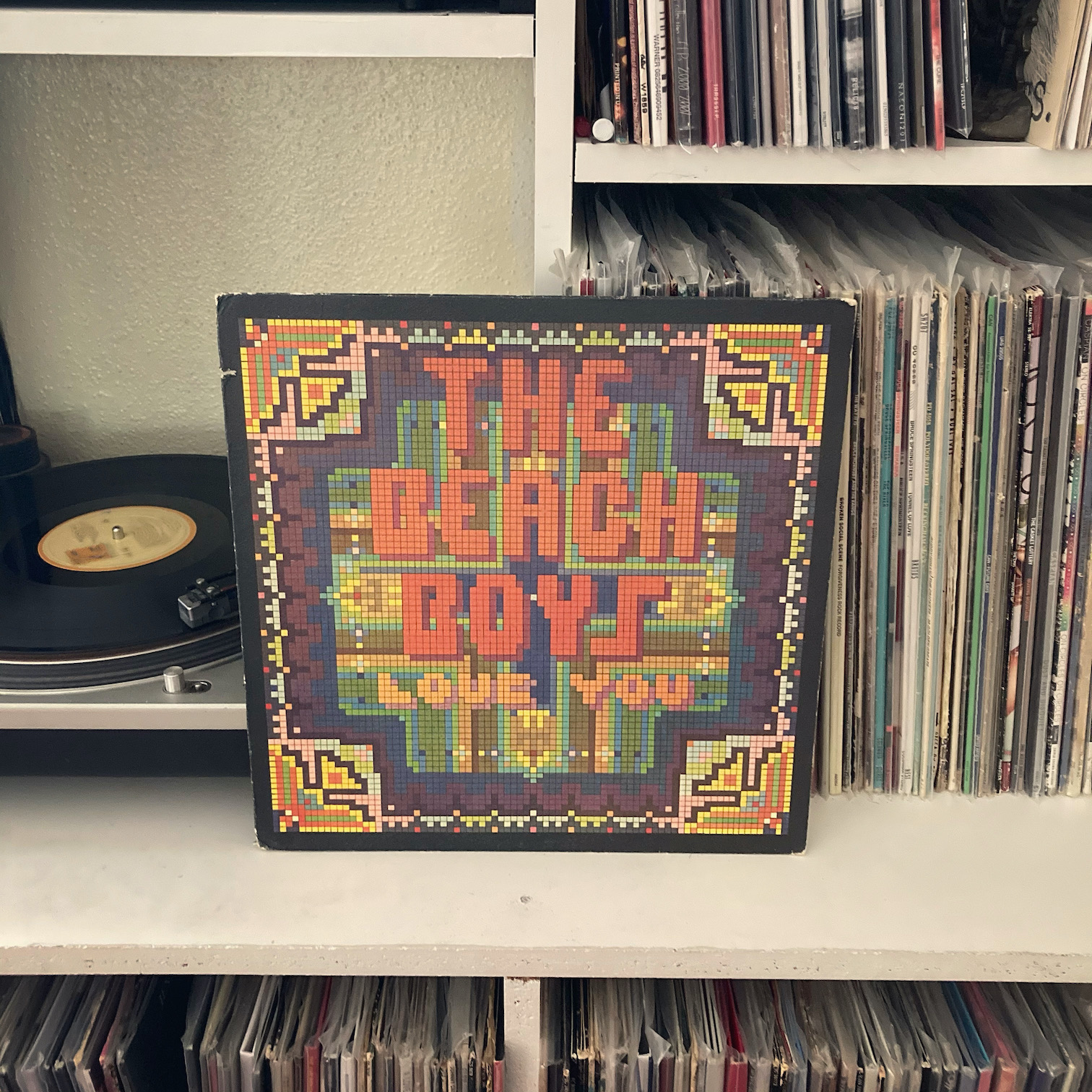 Perhaps there is no candidate for Pop Superstar more unlikely than The Cure’s Robert Smith. With his frizzy moptop, pale complexion, and full face of makeup, Smith was the face of the 1980s goth rock movement and its obsession with darkness—the kind of guy that Satanic Panic folks would point to to prove that society was in the icy grip of the Dark Lord.
Perhaps there is no candidate for Pop Superstar more unlikely than The Cure’s Robert Smith. With his frizzy moptop, pale complexion, and full face of makeup, Smith was the face of the 1980s goth rock movement and its obsession with darkness—the kind of guy that Satanic Panic folks would point to to prove that society was in the icy grip of the Dark Lord.
While their output was nowhere near as evil as Christian Fundamentalists would have you believe, The Cure’s music did have a gothic darkness that would make religious parents plead for their childrens’ souls when they heard it through the bedroom door.
And yet, their seventh full-length, Kiss Me, Kiss Me, Kiss Me, somehow broke the Billboard Top 40, despite its extended instrumental passages, flirtations with Eastern folk music, and a massive runtime. Even for all its weirdness though, it managed to fit in some absolutely stunning pop hits.
 Across the history of popular music, few minds have created music as beautiful, infectious, and moving as that of Brian Wilson. But that mind was also intensely fragile, leading to bouts with mental illness that were so serious he had to withdraw from the creative process, often for years at a time.
Across the history of popular music, few minds have created music as beautiful, infectious, and moving as that of Brian Wilson. But that mind was also intensely fragile, leading to bouts with mental illness that were so serious he had to withdraw from the creative process, often for years at a time. Coheed & Cambria attracts a lot of criticism for their… whole deal. Sci-fi prog rock concept albums based on a comic book written by the lead singer who then sings about genetic wars and space armadas in an androgynous elf voice isn’t exactly a recipe for mainstream success. But at their best, Coheed has a gift for wrapping these weirder elements up in sugary sweet pop hooks and classic rock tropes.
Coheed & Cambria attracts a lot of criticism for their… whole deal. Sci-fi prog rock concept albums based on a comic book written by the lead singer who then sings about genetic wars and space armadas in an androgynous elf voice isn’t exactly a recipe for mainstream success. But at their best, Coheed has a gift for wrapping these weirder elements up in sugary sweet pop hooks and classic rock tropes. Looking back, it makes no sense that
Looking back, it makes no sense that  One of the more interesting things about music to me is how we attempt to categorize and classify according to imperfect terminologies—and more specifically, how that terminology changes over time.
One of the more interesting things about music to me is how we attempt to categorize and classify according to imperfect terminologies—and more specifically, how that terminology changes over time.